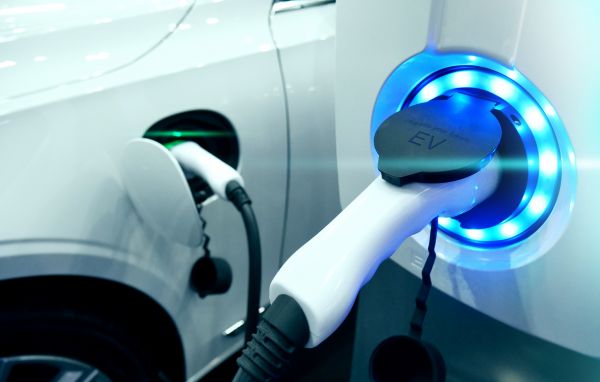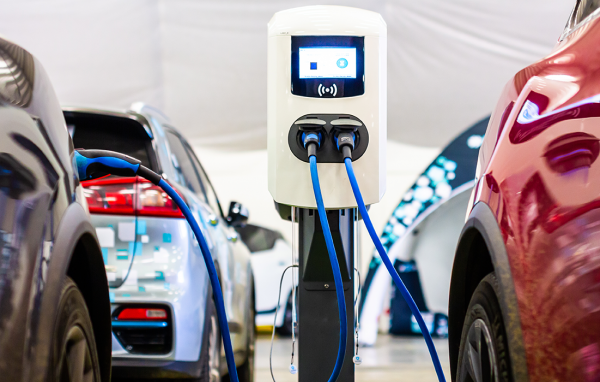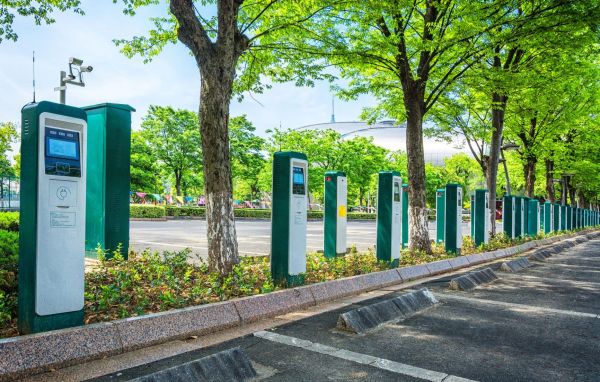Growing demand for an electric charging infrastructure in the Middle East and Africa
The United Arab Emirates (UAE) is keen to lead the way in innovation and is making huge strides in the adoption of electric vehicles (EVs). Read more to discover the increasing demand in the Middle East and Africa (MEAF) for transport electrification and the actions being taken to increase the rollout of the charging infrastructure to accommodate the migration.
 Dubai is one of the leading cities for MEAF EV adoption
Dubai is one of the leading cities for MEAF EV adoption
Electric transport market
Despite the region’s wealth in oil and fossil fuels, renewable energy remains a key focus for the MEAF government bodies, who are influenced by the desire to be the pioneers in clean transportation technology and environmental concerns.
Government policies and incentives to adopt EVs are predicted to significantly drive market growth in the coming years with countries such as Saudi Arabia and UAE leading the way.
The UAE is at the forefront of innovation with 200 Telsa EVs being introduced into the Dubai Taxi industry. This was the first step in Dubai’s plan to promote green mobility solutions, linked to the government’s ambitions to reach a quota of 25% of trips made by self-drive vehicles by 2030. Dubai’s two-part strategy relies heavily on the EV charging infrastructure, investing in building hundreds of charging stations around the city as well as providing financial incentives to EV drivers, with free charging and parking fees until the end of 2022.
The neighbouring city of Sharjah has also made its contribution to electrification by introducing 50 semi-electric Tesla trucks back in 2020 to add to its waste management fleet. Furthermore, like Dubai, it offers free charging to EV owners until 2025 and continues to construct charging points throughout its main city.
The Saudi Arabian Standards Organization (SASO) has plans to issue regulation for the use of EVs and has announced that 5% of its parking spaces are to be designated solely for the use of EVs. This move is part of Saudi efforts to reduce the country’s carbon footprint and conserve its energy resources.
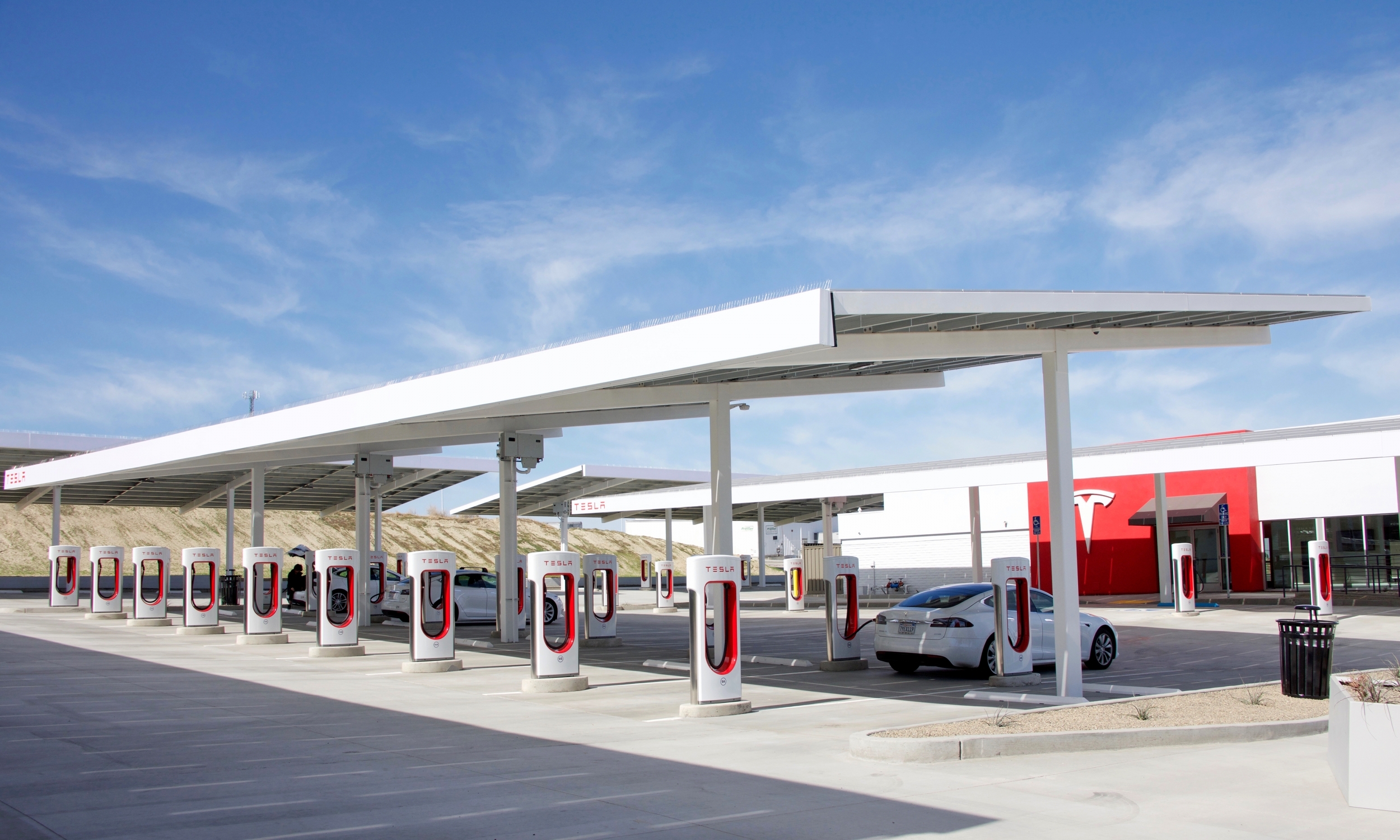 Government bodies have introduced the use of solar power for fast charging stations as a solution for a sustainable supply of power
Government bodies have introduced the use of solar power for fast charging stations as a solution for a sustainable supply of power
Infrastructure considerations
EVs offer significant potential for reducing pollution, improving the environment, and also creating new industries. However, the region will need a network of electric charging stations large enough to cater to the growing number of EVs and their drivers.
- Solar rooftop panels are being installed across the Middle East including electric vehicle charging stations. With the abundant supply of sunlight, the solar energy market is an appealing investment. However, the initial installation costs and regulatory sign off is proving to slow down mainstream adoption
- One challenge MEAF is faced with, like many other regions is the electricity load and capacity, with EV putting additional pressure on the electrical grid. Vehicle to grid smart charging systems have been introduced to maximise energy optimisation managing peak and off peak times
- MEAF is currently up to ten years behind Europe in its adoption of charging infrastructure. The technology to provide a reliable charging infrastructure already exists within MEAF however, it is the collaboration and cooperation between manufacturers, installers, and the government that is needed to create a nationwide supply
Although there currently are no mandated legal requirements in MEAF for standardised charging components – such as charging cables and connectors, it is strongly recommended to adopt proven technologies to safeguard and deliver efficient charging. Consideration to apply standardised, performance assessments prior to installation is highly recommended to ensure a seamless rollout across the region.
Charging cable standards and testing
There have been several cable standards developed in the EV market to help with the level of product quality circulating the industry. With the use of smart charging devices, charging cables can be expected to supply both power and communication. The IEC 62893 and EN 50620 standards specify and recommend cable types and test methods that should be used to accommodate this need.
The two overarching standards include in-depth testing methods cables should comply with to gain approval. Third party testing and approval companies will carry out these tests to the highest standard to ensure the cable can withstand any possible scenarios it could be exposed to whilst in service, for example:
- Weathering resistance – most EV charging stations will be situated in outdoor environments, therefore within both EV charging cable standards IEC 62893-3 and EN 50620, the weathering test is designed to assess polymeric material’s ability to withstand ultraviolet (UV) exposure and weathering by accelerating the natural aging process a cable would commonly go through
- High temperature pressure – the need for convenient fast charging means cables are subject to high volumes of power passing through the cable and as a result, it could potentially heat up as power passes through the conductor. The hot pressure test falls under the IEC / EN 60811-508 standard and determines the highest temperature the cable can withstand before performance and safety capabilities are compromised
- Water immersion - as EV charging cables are commonly left to charge in outdoor environments overnight, they are likely to come into contact with rain and thus, cables must be water resistant. The IEC 62893-1/EN 50620 test involves submerging the cable sample in a water solution for 7 days and monitoring its deterioration throughout that time
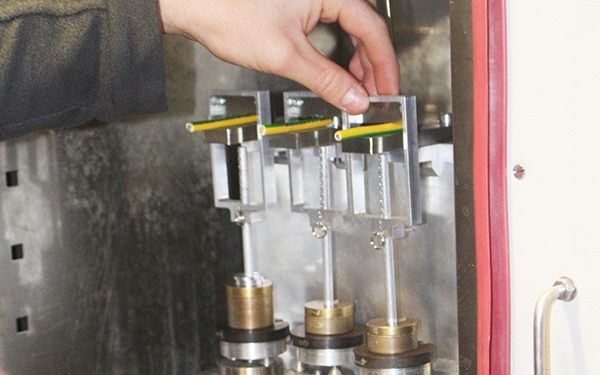
The hot pressure test measures cable performance under conditions up to 150 degrees.
Third party approval delivered by BASEC, the cabling experts, means that a rigorous approach to measuring charging cable performance is applied. Understanding how the cable is impacted when exposed to different environments helps with specification or installer considerations and sourcing cables from an approved manufacturer gives reassurance in the quality of products selected.
It is clear that necessary incentives are being introduced to help drive the adoption of electric transportation. Actions are being taken to accommodate the increased demand for renewable energy use and transport electrification. For a successful EV rollout, the use of approved cable in the increasing number of charging stations is needed to ensure only high-quality devices are used throughout the market.
For more information about the charging infrastructure and cable design considerations, contact the BASEC team of experts, or download the free electric vehicle brochure


